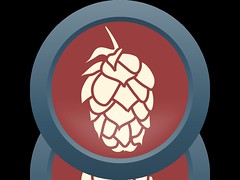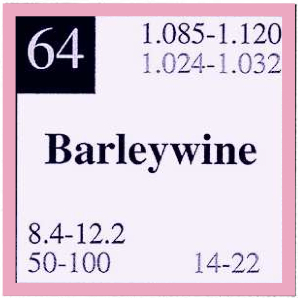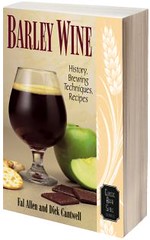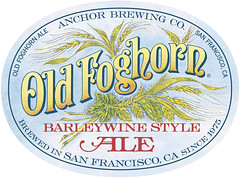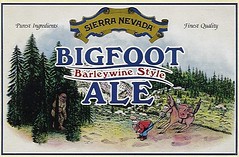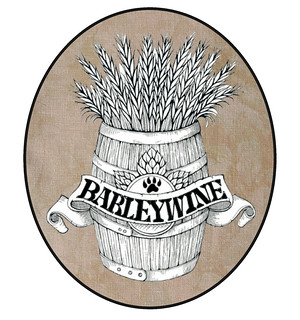![]()
In support of my newly hatched scheme to have a monthly discussion about different types of beer, Typology Tuesday, I offer the second style guide for Bock, which will be our second beer, to take place in February 2016.

Bock
 | Bock is a traditional lager style that I’d never been too fond of, until at least, I drank it in Germany. I still prefer the bocks that have more restrained sweetness, and more nutty character, but I have grown to like them a lot more than I did when I was younger. Christopher Morley wrote “Oysters going out, the new brew of Bock beer coming in; so do the saloons mark the vernal equinox.” And although they signal spring, I tend to prefer them in late winter, just before the weather turns warmer, when the air is crisp and dry, but still very cool. |
What follows is information about bocks, collected from a variety of sources. If you know of any additional resources about this type of beer, please let me know.
History
|
 Origin: |

A Comparison of Style Ranges
| Source | SRM | ABV | O.G. | F.G. | IBU |
|---|---|---|---|---|---|
| BJCP1 (6C) Dunkles Bock | 14-22 | 6.3-7.2% | 1.064-1.072 | 1.013-1.019 | 20-27 |
| Brewery DB | 20-30 | 6.3-7.5% | Varies | 1.018-1.024 | 20-30 |
| GABF2 (45A) Trad. Ger. | 20-30 | 6.3-7.6% | 1.066-1.074 | 1.018-1.024 | 20-30 |
| Periodic Table7 (40) | 15-30 | 6.4-7.6% | 1.066-1.074 | 1.018-1.024 | 20-30 |
| WBC6 (43A) Trad. Ger. | 20-30 | 6.3-7.6% | 1.066-1.1074 | 1.018-1.024 | 20-30 |
Yeast
Ale | Hybrid | Lager | Belgian |
Brettanomyces | Lactobacillus | Pediococcus | Other |
BJCP Description: 6C. Dunkles Bock1
Overall Impression: A dark, strong, malty German lager beer that emphasizes the malty-rich and somewhat toasty qualities of continental malts without being sweet in the finish.
Aroma: Medium to medium-high bready-malty-rich aroma, often with moderate amounts of rich Maillard products and/or toasty overtones. Virtually no hop aroma. Some alcohol may be noticeable. Clean lager character, although the malts can provide a slight (low to none) dark fruit character, particularly in aged examples.
Color Range
Appearance: Light copper to brown color, often with attractive garnet highlights. Lagering should provide good clarity despite the dark color. Large, creamy, persistent, off white head.
Flavor: Complex, rich maltiness is dominated by the toasty rich Maillard products. Some caramel notes may be present. Hop bitterness is generally only high enough to support the malt flavors, allowing a bit of sweetness to linger into the finish. Well-attenuated, not cloying. Clean fermentation profile, although the malt can provide a slight dark fruit character. No hop flavor. No roasted or burnt character.
Mouthfeel: Medium to medium-full bodied. Moderate to moderately low carbonation. Some alcohol warmth may be found, but should never be hot. Smooth, without harshness or astringency.
Comments: Decoction mashing and long boiling plays an important part of flavor development, as it enhances the caramel and Maillard flavor aspects of the malt. Any fruitiness is due to Munich and other specialty malts, not yeast-derived esters developed during fermentation.
Characteristic Ingredients: Munich and Vienna malts, rarely a tiny bit of dark roasted malts for color adjustment, never any non-malt adjuncts. Continental European hop varieties are used. Clean German lager yeast.
Style Comparison: Darker, with a richer malty flavor and less apparent bitterness than a Helles Bock. Less alcohol and malty richness than a Doppelbock. Stronger malt flavors and higher alcohol than a Märzen. Richer, less attenuated, and less hoppy than a Czech Amber Lager.
CraftBeer.com Description
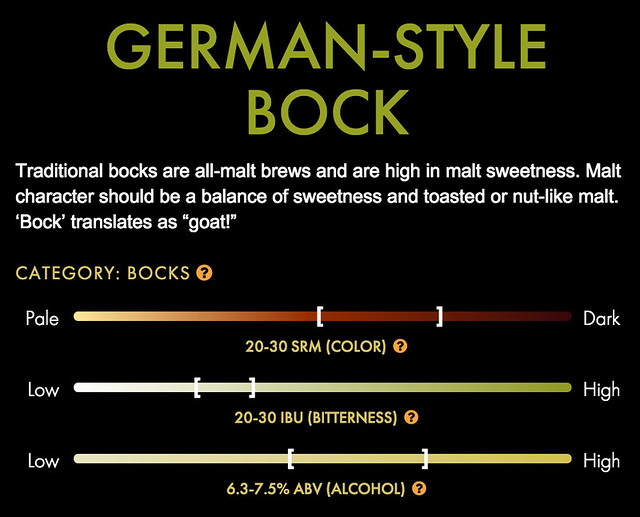
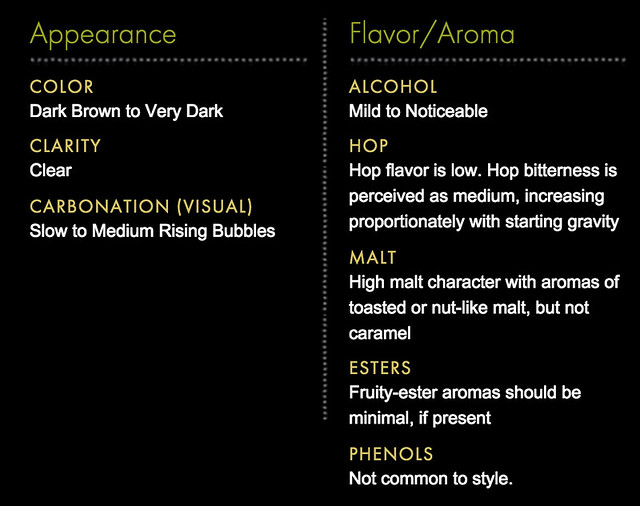
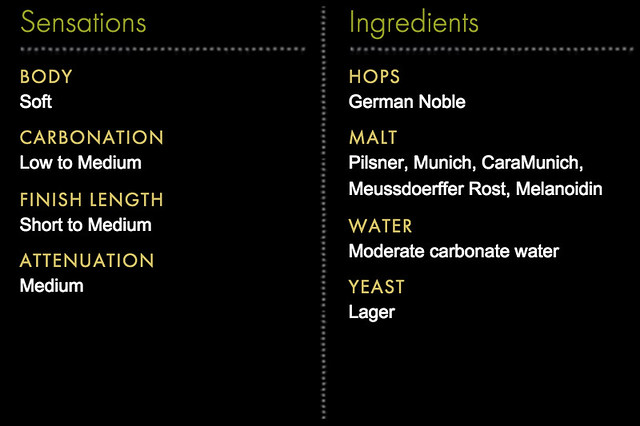
GABF/World Beer Cup Description
43. Bock
A. Subcategory: Traditional German-Style Bock
Bocks are dark brown to very dark. Traditional bocks are made with all malt, and have high malt character with aromas of toasted or nut-like malt, but not caramel. Fruity-ester aromas should be minimal if present. Diacetyl aroma should not be perceived. Hop aroma is very low. Traditional bocks have high malt sweetness. Malt flavor character should be a balance of sweetness and toasted or nut-like malt, but not caramel. Hop flavor is low. Hop bitterness is perceived as medium, increasing proportionately with starting gravity. Fruity-ester flavors should be minimal if present. Diacetyl flavor should be absent. Body is medium to full.
Online Descriptions
| Beer Advocate |
|---|
| The origins of Bock beer are quite uncharted. Back in medieval days German monasteries would brew a strong beer for sustenance during their Lenten fasts. Some believe the name Bock came from the shortening of Einbeck thus “beck” to “bock.” Others believe it is more of a pagan or old world influence that the beer was only to be brewed during the sign of the Capricorn goat, hence the goat being associated with Bock beers. Basically, this beer was a symbol of better times to come and moving away from winter. As for the beer itself in modern day, it is a bottom fermenting lager that generally takes extra months of lagering (cold storage) to smooth out such a strong brew. Bock beer in general is stronger than your typical lager, more of a robust malt character with a dark amber to brown hue. Hop bitterness can be assertive enough to balance though must not get in the way of the malt flavor, most are only lightly hopped. |
| Rate Beer |
| The dark Bock has a deep copper to dark brown color. Medium to full-bodied, malt sweetness and nutty or light toasted flavors dominate. Hop flavor and aroma can be light to non-existent. |

Glassware
![]()
![]()
![]()

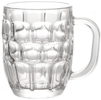
![]()

Flute, Pilsener Glass (or Pokal), Mug (or Seidel, Stein), Stange (Slender Cylinder)3
Tulip5
Food Pairing
![]()
![]()
![]()
![]()
![]()
![]()
![]()
![]()
![]()
Cuisine (German) Cheese (earthy; Camembert, Fontina) General (Chocolate) Meat (Game)3
Chicken Depends on the dish, but these suggestions are good if it’s by itself, Hummus, Monkfish4
Grilled Rib-Eye, Aged Swiss, Chocolate5
Seasonality & Temperature
Season: Spring |
Serving: 45-50° F |
Storage: 40-45° F* |
Beer 101: Bock |

Links About Bock
- About.com
- All About Beer’s Profile
- All About Beer’s Stylistically Speaking by K. Florian Klemp
- Beer Advocate
- BJCP 2008 Online (19C)
- Brew Your Own
- Brewery DB
- CraftBeer.com
- German Beer Institure
- GotBeer.com
- Michael Jackson’s Beer Styles
- Rate Beer
- Wikipedia
Further Reading
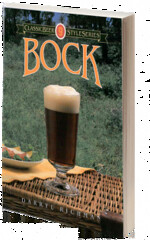
- Bock (Classic Beer Style) by Darryl Richman
- Page 449 of The Beer Bible, by Jeff Alworth
- Page 105 of The Essentials of Beer Style, by Fred Eckhardt
- No. 40 on The Periodic Table of Beer Styles
- Page 24 of What the Hell am I Drinking?, by Don Russell
Commercial Examples of Bock
Aass Bock, Einbecker Ur-Bock Dunkel, Great Lakes Rockefeller Bock, Kneitinger Bock, New Glarus Uff-da Bock, Penn Brewery St. Nikolaus Bock1
Great Lakes Rockefeller Bock, Tommyknocker Butt Head Bock, Troegs Troegenator Double Bock5
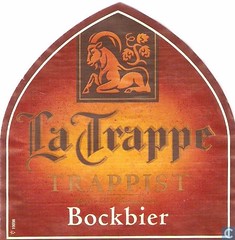
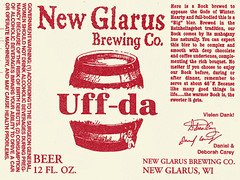
Top 10 Examples
Beer Advocate
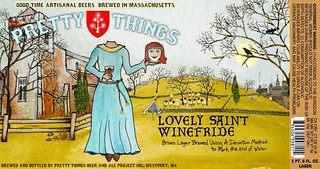
|

Key to Sources
1 = BJCP 2015
2 = GABF 2015
3 = Beer Advocate
4 = Garrett Oliver’s Brewmaster’s Table
5 = Brewers Association / CraftBeer.com
6 = World Beer Cup Guidelines 2016
7 = The Periodic Table of Beer Styles 2001
8 = GotBeer.com
Key
* = Not recommended for extended aging, unless ABV exceeds average range


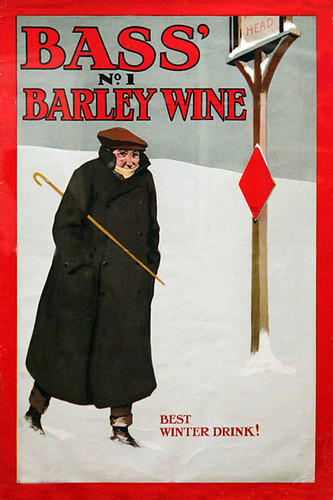
 8
8